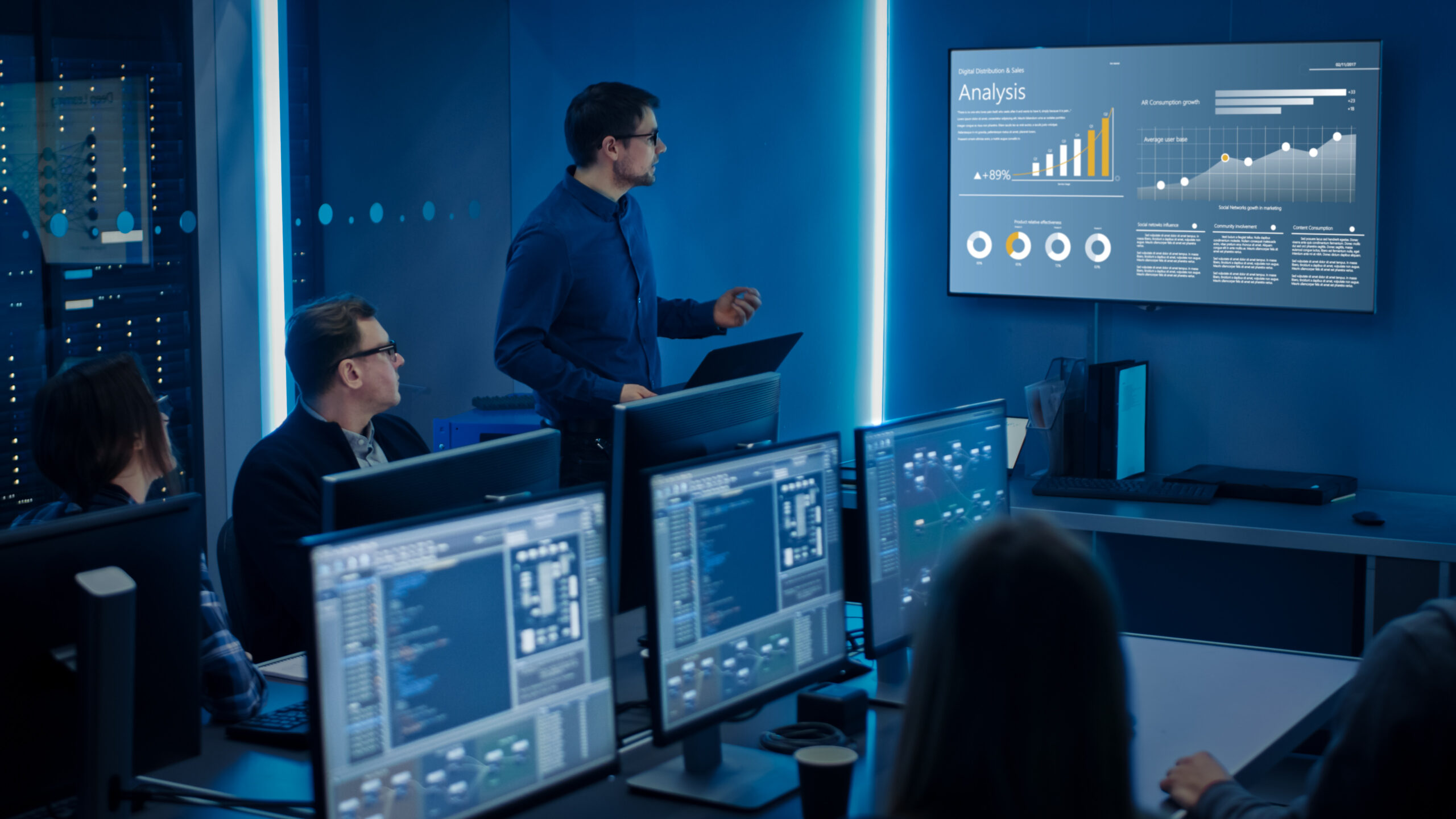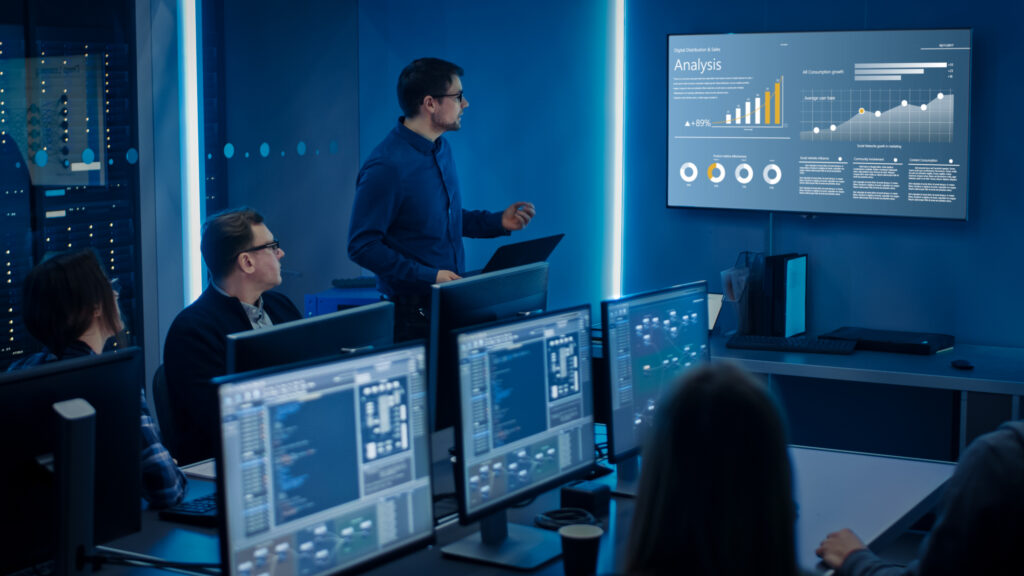Navigating the complexities of cybersecurity, vulnerability management has emerged as a key focus for organizations worldwide. The advent of artificial intelligence (AI) and automation in these systems marks a significant transition in the way digital security is approached. This evolution requires a reassessment of existing strategies and practices to ensure the effective handling of vulnerabilities.
Emerging Trends in Vulnerability Management
The incorporation of AI and automation in vulnerability management systems is transforming the field. Automation tools are now capable of continuously scanning systems, identifying vulnerabilities at a pace and scale impossible for human teams. AI enhances this process by learning from past data, predicting potential future vulnerabilities, and suggesting optimal remediation strategies.
However, the integration of AI and automation is not without challenges. As systems become more complex, the task of identifying and prioritizing vulnerabilities becomes increasingly difficult. AI, while powerful, is not infallible and requires continuous fine-tuning to adapt to new threats and system changes.
Prioritizing Vulnerabilities in Complex Environments
One of the main challenges in vulnerability management is prioritizing vulnerabilities effectively in complex digital environments. In traditional approaches, vulnerabilities were often prioritized based on severity ratings from databases like the Common Vulnerability Scoring System (CVSS). However, this method does not always consider the unique context of an organization’s infrastructure.
AI-driven vulnerability management systems can help overcome this challenge by analyzing a wider range of factors, such as the specific configurations of an organization’s systems, the potential impact of a vulnerability on business operations, and historical data on past incidents. This holistic approach enables a more nuanced and effective prioritization of vulnerabilities.
Actionable Strategies for Enhanced Vulnerability Management
To enhance vulnerability management in this new era, organizations must adopt several key strategies:
- Integrate Continuous Delivery Pipelines: As organizations adopt agile methodologies and continuous delivery pipelines, integrating vulnerability management into these processes is crucial. This integration ensures that security keeps pace with rapid deployment cycles. Automated security testing and vulnerability scanning should be part of the CI/CD pipeline, identifying and addressing security issues before deployment.
- Leverage Data Analytics: Utilizing data analytics and AI algorithms can help in predicting and identifying vulnerabilities more efficiently. This approach involves analyzing historical data and current trends to anticipate potential security issues.
- Implement Continuous Monitoring: Continuous monitoring of the IT infrastructure allows for the immediate detection of vulnerabilities and security breaches, enabling a swift response.
- Customize Vulnerability Management Tools: Given the uniqueness of each organization’s infrastructure, customizing vulnerability management tools to align with specific needs and configurations is essential.
- Educate and Train Staff: While automation and AI play a crucial role, the importance of human oversight and expertise cannot be understated. Regular training and awareness programs for staff are critical to ensure they understand the latest threats and best practices in vulnerability management.
Building a Single Source of Truth: The Data Lake
Central to modern vulnerability management is the concept of creating a single data lake of findings and vulnerabilities. This centralized repository serves as the “single source of truth” for the organization’s security posture. By aggregating data from various sources—such as network scanners, application security tools, and threat intelligence feeds—into a unified data lake, organizations can gain a comprehensive view of their security landscape.
This consolidation of data not only enhances visibility but also aids in the efficient analysis and prioritization of vulnerabilities. AI and machine learning algorithms can leverage this extensive dataset to uncover patterns, predict potential threats, and recommend remediation strategies. Moreover, this approach streamlines the remediation process, enabling security teams to respond more quickly and effectively to identified vulnerabilities.
In conclusion, the age of AI and automation presents both opportunities and challenges for vulnerability management. By embracing emerging trends and integrating AI-driven strategies, organizations can significantly enhance their ability to identify, prioritize, and remediate vulnerabilities. The key lies in effectively integrating these technologies into existing systems, continuously adapting to new threats, and maintaining a balance between automated processes and human expertise. The creation of a centralized data lake is pivotal in this process, serving as a foundation for a more proactive and informed approach to vulnerability management in the digital age.





